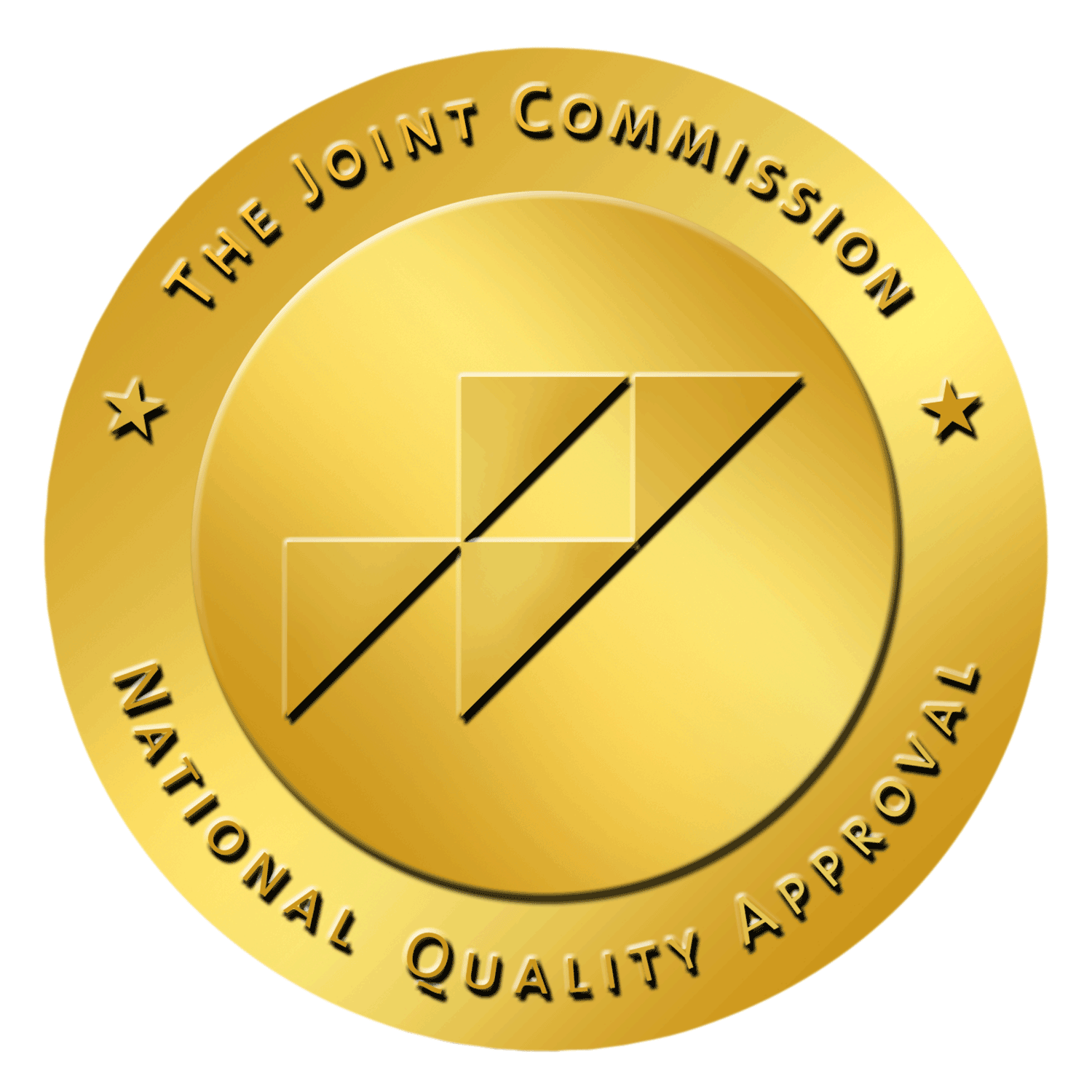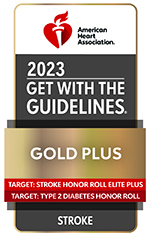About 1.5 to 5 percent of Americans have or will develop a brain aneurysm, but most show no symptoms — especially if an aneurysm is small and doesn't leak or break. Aneurysms may enlarge slowly, making blood vessels weaker as they stretch. Some press on nerves or tissue, and may bleed or burst. This can happen without warning, causing hemorrhagic stroke, moderate to severe brain damage or death.
You can have a brain aneurysm at birth, but it's rare. A family history of brain aneurysms is also rare; although, they're more common if you have certain inherited diseases. Aneurysms are more common after the age of 40, and women face a slightly higher risk, especially after menopause.
The type, condition, shape and size of the aneurysm affect its chance of bleeding or bursting. Once an aneurysm ruptures, it's likely to burst again causing further damage. Having one aneurysm means there’s a 15 to 20 percent chance of having more, so it's important to get medical help to prevent serious complications, including:
- Subarachnoid hemorrhage – Bleeding into the space between the skull and the brain.
- Hydrocephalus – Build-up of fluid in the skull causing pressure on the brain.
- Vasospasm – Blood vessels that contract, which restricts blood flow to parts of the brain and can cause ischemic stroke and brain damage.
- Seizures – Sudden, abnormal electrical activity in the brain that can result in convulsions and loss of consciousness.
- Abnormal electrolyte levels – An imbalance of important minerals that affect blood chemistry.
Types of Aneurysms
Every brain aneurysm is unique, including its size, shape and location. Aneurysms often develop along major arteries, especially at weaker areas where arteries branch out. Experts classify aneurysm sizes ranging from "small," or less than 5 mm (1/4 inch), to "giant," which are larger than 25 mm (1 1/4 inch).
The most common brain aneurysm is the saccular, or sac-like aneurysm, often seen on arteries at the base of the brain. It's sometimes called a "berry" aneurysm because it resembles a berry on a vine. It may appear with or without a well-defined "neck" or stem where it connects to the blood vessel wall.
A lateral aneurysm appears as a bulge on one side of the blood vessel wall. The fusiform, a spindle-shaped aneurysm, is marked by a widening along all walls of the blood vessel, with no distinct neck or stem.
Prevention and Risk Factors
There are no sure ways to prevent a brain aneurysm, but making healthful lifestyle changes, coping with stress and managing risk factors can help. Some of the most important preventive steps you can take are to control high blood pressure, quit smoking if you're a smoker and avoid alcohol consumption.
Factors that can increase the risk of an aneurysm bleeding include heavy lifting or straining, strong emotions that raise blood pressure and some medications, such as blood thinners.
Brain aneurysms are more common in people with heart or vascular disease, including atherosclerosis, and circulatory disorders, such as arteriovenous malformations. Some genetic conditions, such as polycystic kidney disease, can cause aneurysms.
Other factors that can cause an aneurysm include infection, head and neck injuries, cancerous head and neck tumors, and drug abuse — especially the use of stimulants, such as cocaine or methamphetamine (meth).
Women should ask their doctors about the use of oral contraceptives. Post-menopausal women face higher risk than men and may benefit from screening and medication, including assessment of hormonal or other medications.
Ask your doctor about personal risk management or whether you'd benefit from screening if you have multiple risk factors, such as two immediate family members who have had ruptured aneurysms. If an aneurysm is found early, your doctor can discuss risks and treatment options. Treatment before an aneurysm ruptures is generally associated with a better outcome.
El Camino Health also offers many classes and programs to help you reach and maintain proactive health goals.
Symptoms and Diagnosis
Brain aneurysms can grow without any symptoms and often go undiagnosed until after they've ruptured. Some are found during tests such as a brain scan done for other reasons.
If an aneurysm presses on the nerves in your brain, you may experience symptoms, such as:
- A droopy eyelid.
- Changes in eyesight, such as double vision.
- Pain behind or above your eye.
- A dilated pupil.
A subarachnoid hemorrhage may include sudden onset of symptoms, including:
- Severe headache lasting several hours or even days and peaking in intensity quickly.
- Nausea and vomiting.
- Drowsiness.
- Loss of balance or coordination.
- Sensitivity to light.
- Back or leg pain.
Symptoms of hemorrhagic stroke include:
- Weakness in an arm or leg.
- Inability to move an arm or leg.
- Difficulty speaking or understanding words.
- Vision problems.
- Seizures.
If you notice these symptoms, seek help immediately. Brain aneurysm symptoms can resemble other medical conditions, so ask your doctor for a diagnosis.
At El Camino Hospital, your doctor will take your medical history and do a physical examination, as well as other testing to diagnose an aneurysm. Testing may include imaging procedures, such as a CT scan, MRI or angiogram.
Treatment
Most aneurysms don't bleed, but if an aneurysm bleeds or ruptures, treatment is urgent. You face a high risk of re-bleeding, further brain damage or even death. At El Camino Health, our neuroscience team provides fast diagnosis and highly skilled and specialized care for these and other medical emergencies.
Your treatment plan will depend on a number of factors, including the type, size and location of your aneurysm and the extent of your condition — including whether any bleeding has occurred. Your care will involve evaluation and discussion among a team of highly skilled specialists, including neurosurgeons with endovascular expertise, a neurointerventionist and others.
Treatment Options
Some aneurysms don't require treatment, while others may require surgery. Treatment may include:
- Monitoring. If the aneurysm is small and not growing or causing problems, your doctor may recommend close observation, regular testing and frequent checkups. This will include managing blood pressure, cholesterol and lifestyle risks.
- Medication. Your doctor may prescribe blood pressure medication or other drugs to lower your risk. He or she may also suggest changing any supplements or medications you're currently taking.
- Neurosurgery (craniotomy or clipping). In some cases, El Camino Health's team of specialists may recommend open surgery. This involves surgically opening part of the skull and separating brain tissue to expose the aneurysm and place a metal clip on its base to prevent bleeding.
- Neurointerventional endovascular embolization. Our experts can treat some aneurysms from within the blood vessel using embolization — a minimally invasive alternative to traditional surgery. Typically, doctors insert tiny, detachable platinum coils into the aneurysm. They remain in the aneurysm to block (embolize) its blood flow and prevent rupture. If the aneurysm base is wide, doctors may use a stent (tube) or balloon to help position and hold the coils. Additionally, the use of flow-diverting stents may be an option for certain aneurysms.
Follow-up Procedures and Care
Your follow-up care will vary, depending on the type of treatment. El Camino Health also offers comprehensive rehabilitation services to address any brain damage from prior bleeding. After treatment, your doctors may perform further procedures, such as an angiogram or other brain imaging to assess the treatment's success.

